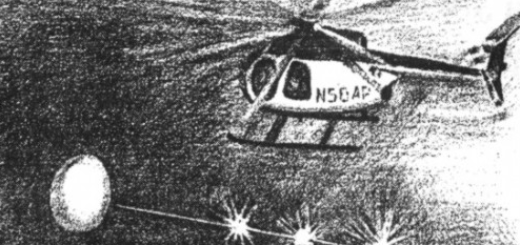Mystery Of Bethlehem Star: It May Not Be A Star After All, Scientist Says
Perhaps the Star of Bethlehem was not a star at all. If not a star so what was it? Was it an extremely rare planetary alignment occurring in 6 BC?
Where and when did it appear? What did it look like? Of the billions of stars out there, which among them shone bright on that day so long ago?

Among many great mysteries that occupied scientists for centuries is the Star of Bethlehem and its origin.
Modern astrophysics is how we attempt to explain one of history’s greatest astronomical events, says Grant Mathews, professor of theoretical astrophysics and cosmology in the Department of Physics in the University of Notre Dame’s College of Science, who has studied the phenomenon for more than a decade.
Mathews, who studied astronomical, historical and biblical records, believes the event that led the Magi — Zoroastrian priests of ancient Babylon and Mesopotamia — was an extremely rare planetary alignment occurring in 6 BC and the likes of which may never be seen again.
During this alignment, the sun, Jupiter, the moon and Saturn were all in Aries, while Venus was next door in Pisces, and Mercury and Mars were on the other side in Taurus. At the time, Aries was also the location of the vernal equinox.
The presence of Jupiter and the moon signified the birth of a ruler with a special destiny.
Saturn was a symbol of the giving of life, as was the presence of Aries in the vernal equinox – also marking the start of spring. That the alignment occurred in Aries, Mathews said, signified a newborn ruler in Judea.
Based on his calculations, it will be 16,000 years before a similar alignment is seen again — and even then, the vernal equinox would not be in Aries. Running calculations forward, Mathews couldn’t find an alignment like the one known as the Bethlehem Star going out as far as 500,000 years.



 Creators of mankind
Creators of mankind Description of “Tall white aliens”
Description of “Tall white aliens” Where they came from?
Where they came from? About hostile civilizations
About hostile civilizations The war for the Earth
The war for the Earth “Tall white aliens” about eternal life
“Tall white aliens” about eternal life Video: “Nordic aliens”
Video: “Nordic aliens” Aliens
Aliens Alien encounters
Alien encounters The aliens base
The aliens base UFO
UFO Technology UFO
Technology UFO Underground civilization
Underground civilization Ancient alien artifacts
Ancient alien artifacts Military and UFO
Military and UFO Mysteries and hypotheses
Mysteries and hypotheses Scientific facts
Scientific facts


















